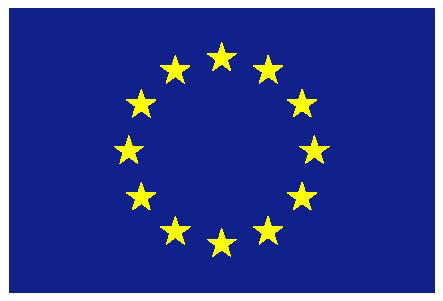La microscopie 3D est un outil essentiel pour l’imagerie in vivo, le développement de médicaments et la compréhension des incroyables mécanismes de la vie.
L’objectif du projet NanoXim est de développer un nouveau microscope nanométrique de laboratoire sur puce basé sur l’holographie en ligne digitale.


En supprimant l’optique, l’holographie en ligne présente de nombreux avantages :
– Pas d’alignement optique
– Pas de mise au point mécanique
– Facilité d’utilisation
– Prix moins élevé
– Imagerie 3D en un seul cliché
– Résolution temporelle en millisecondes


